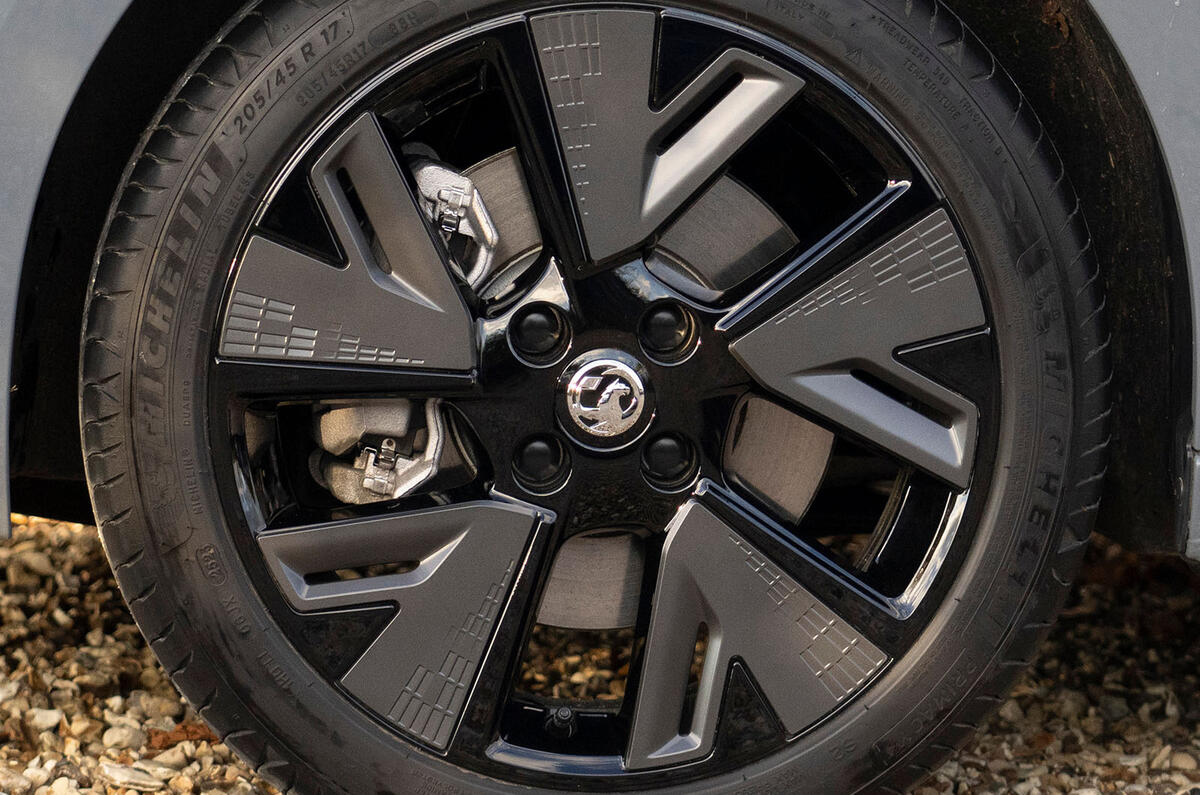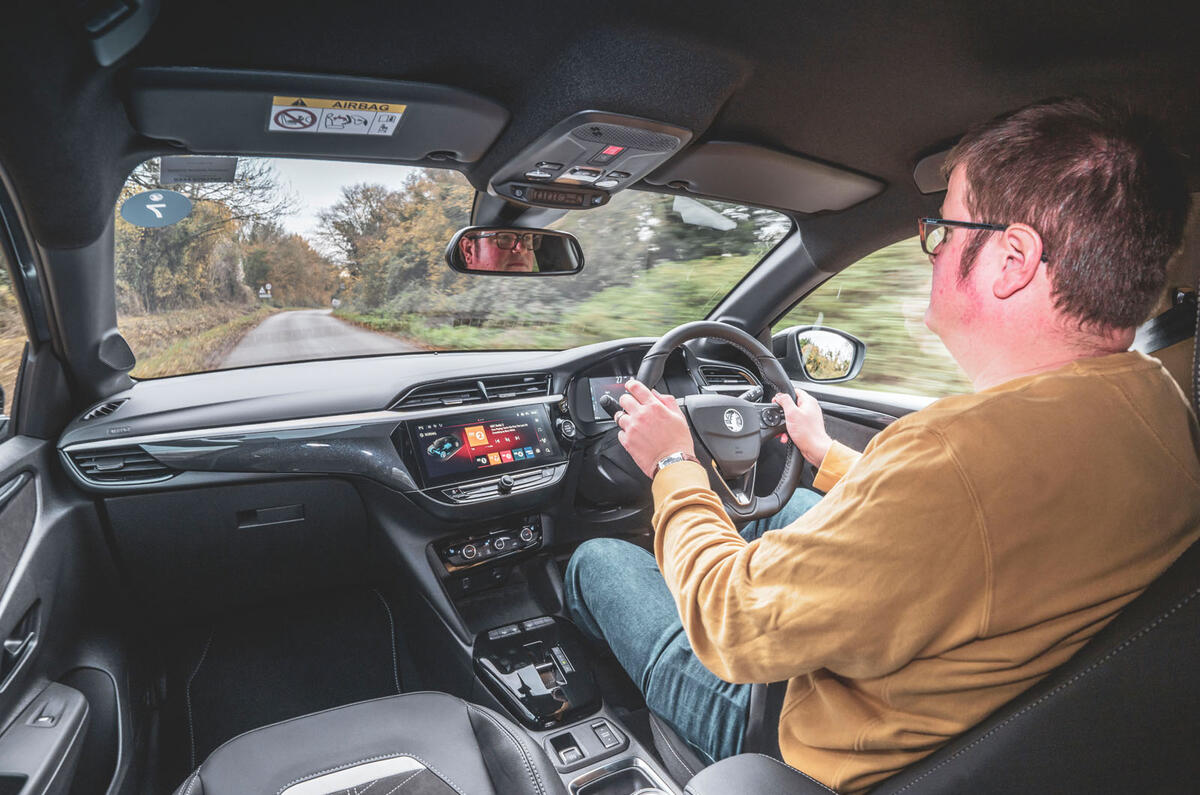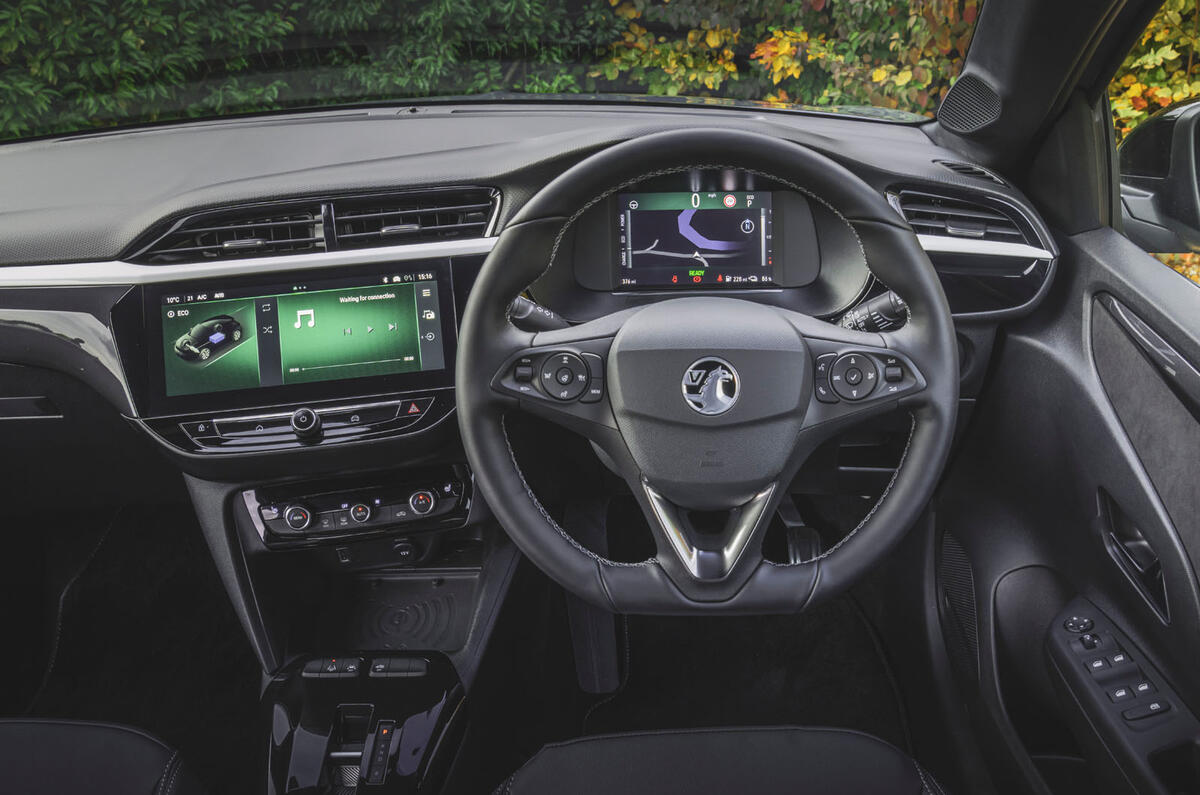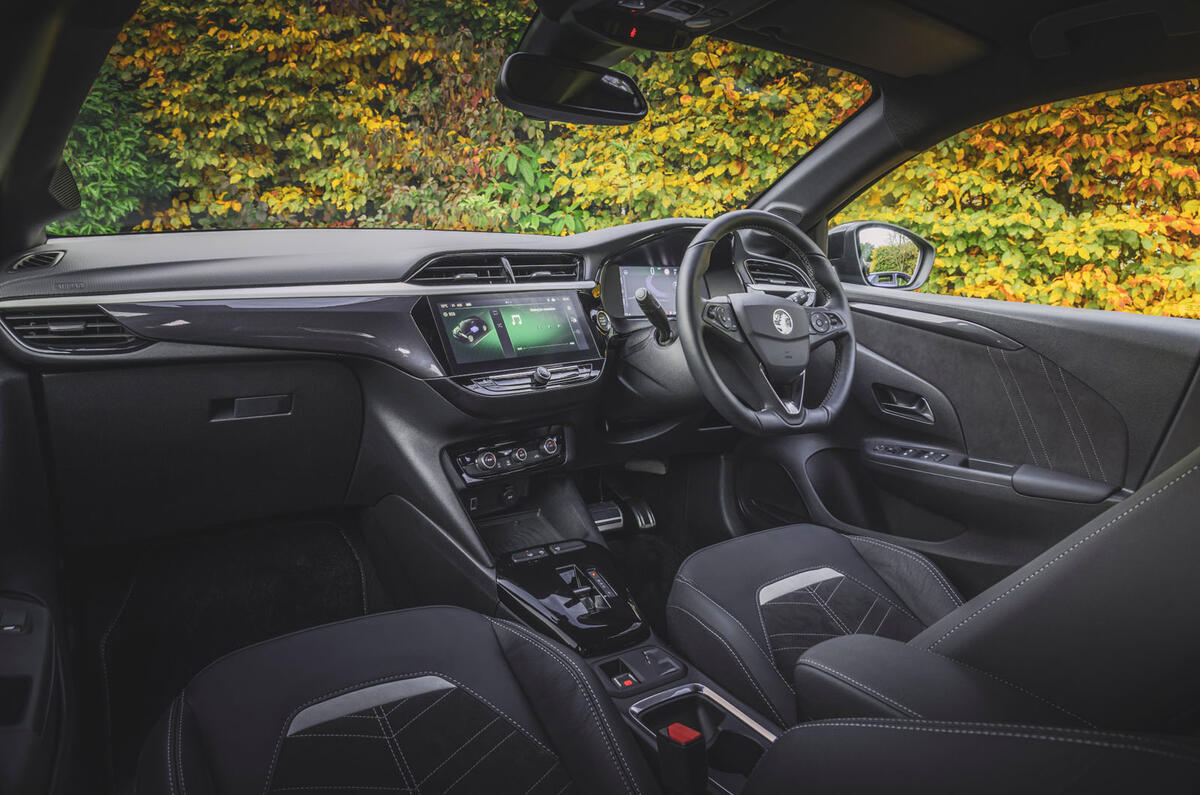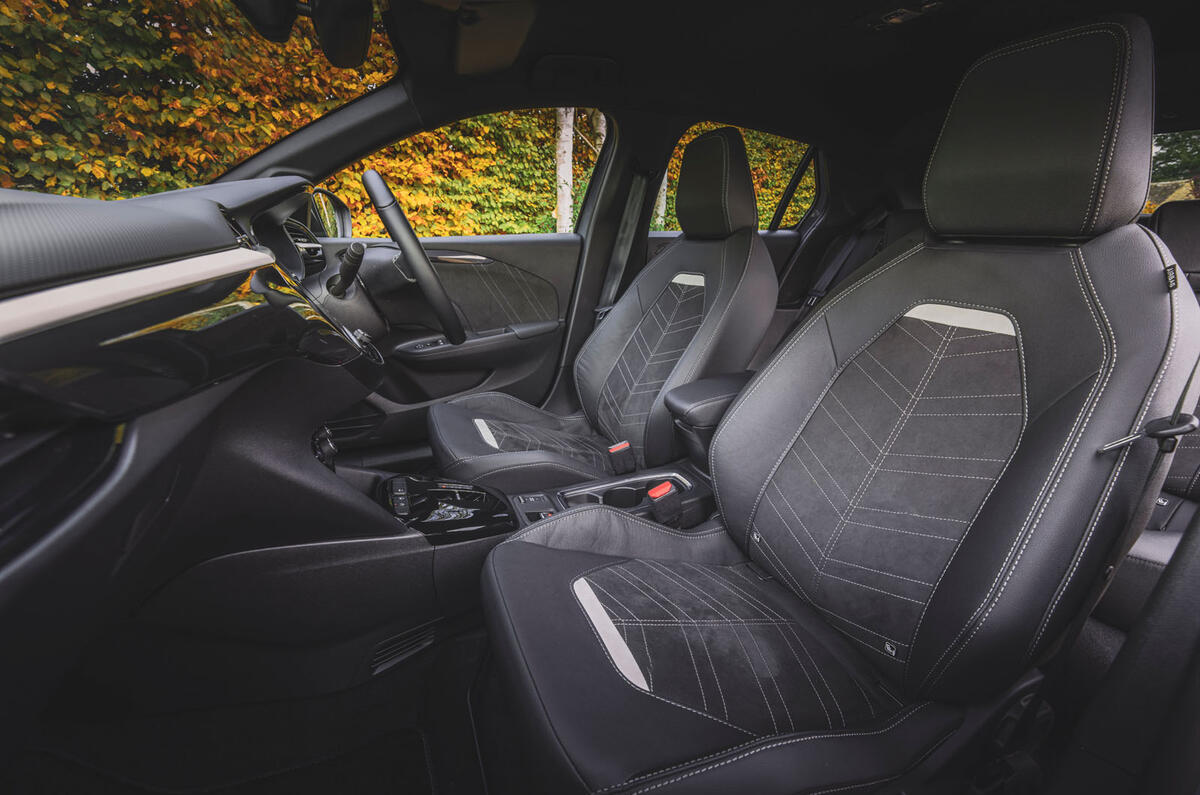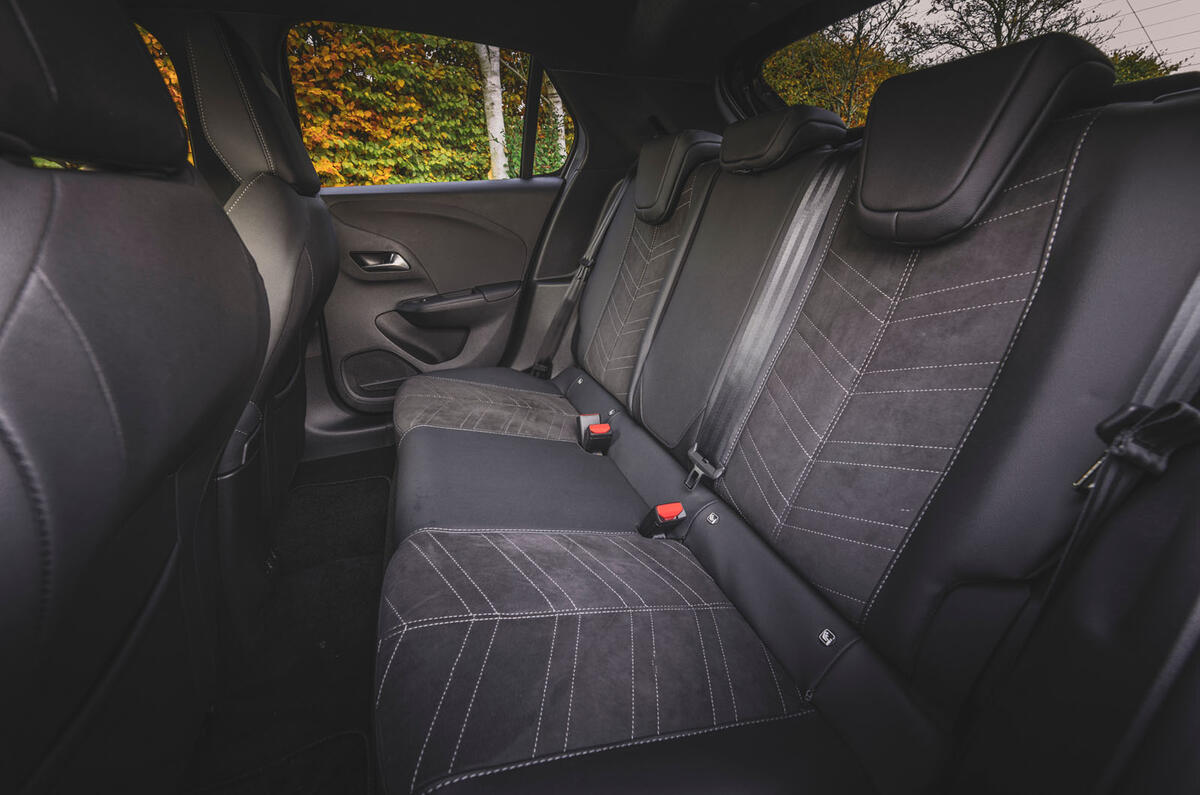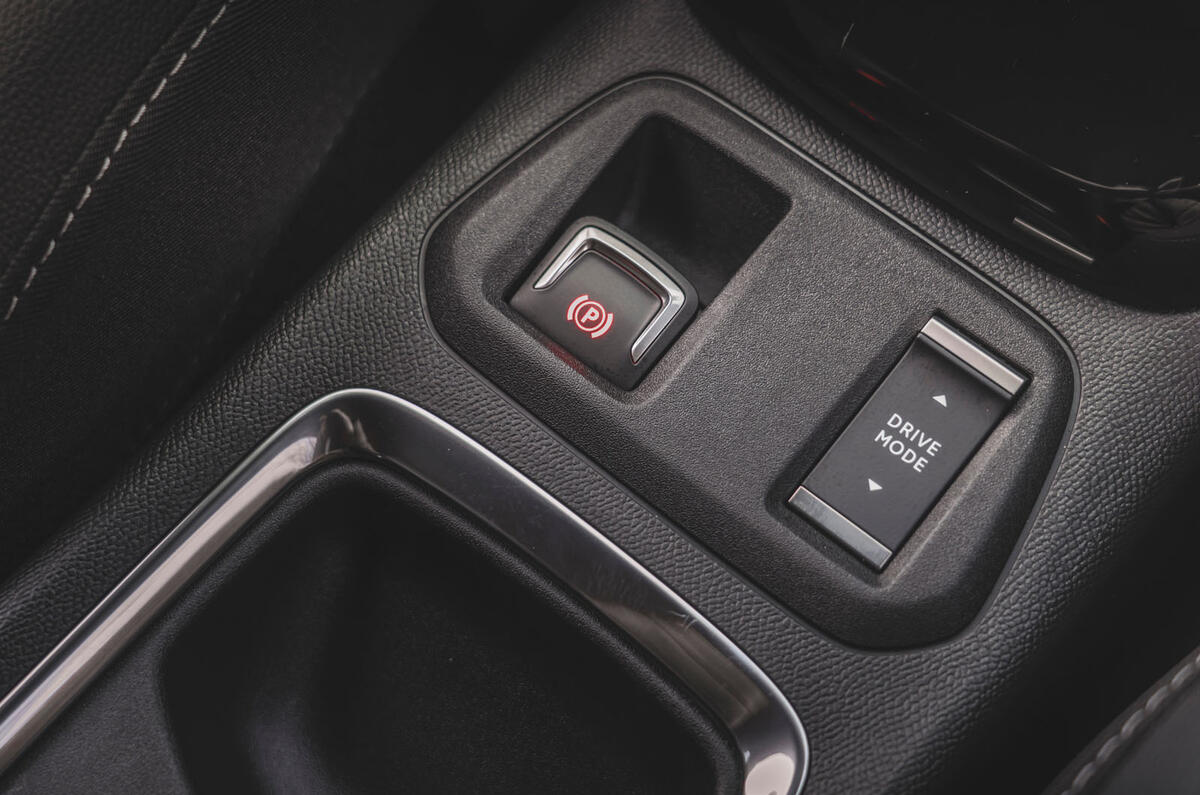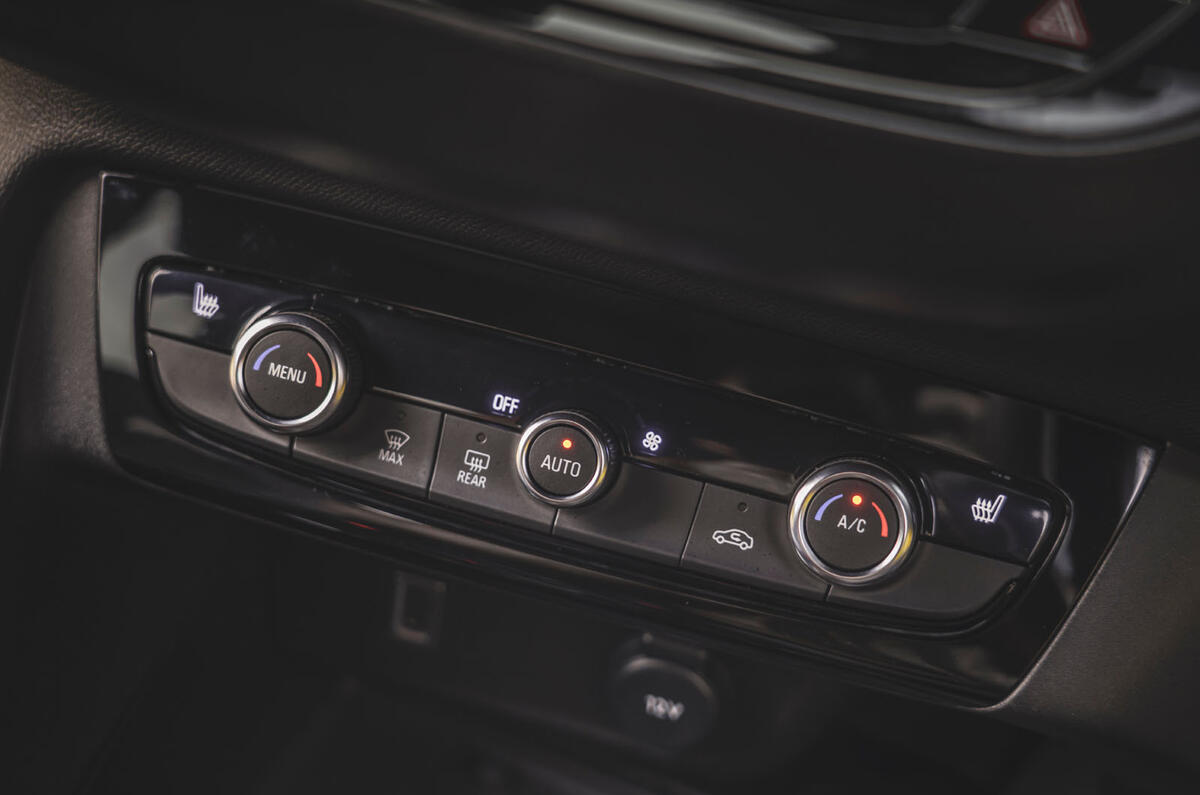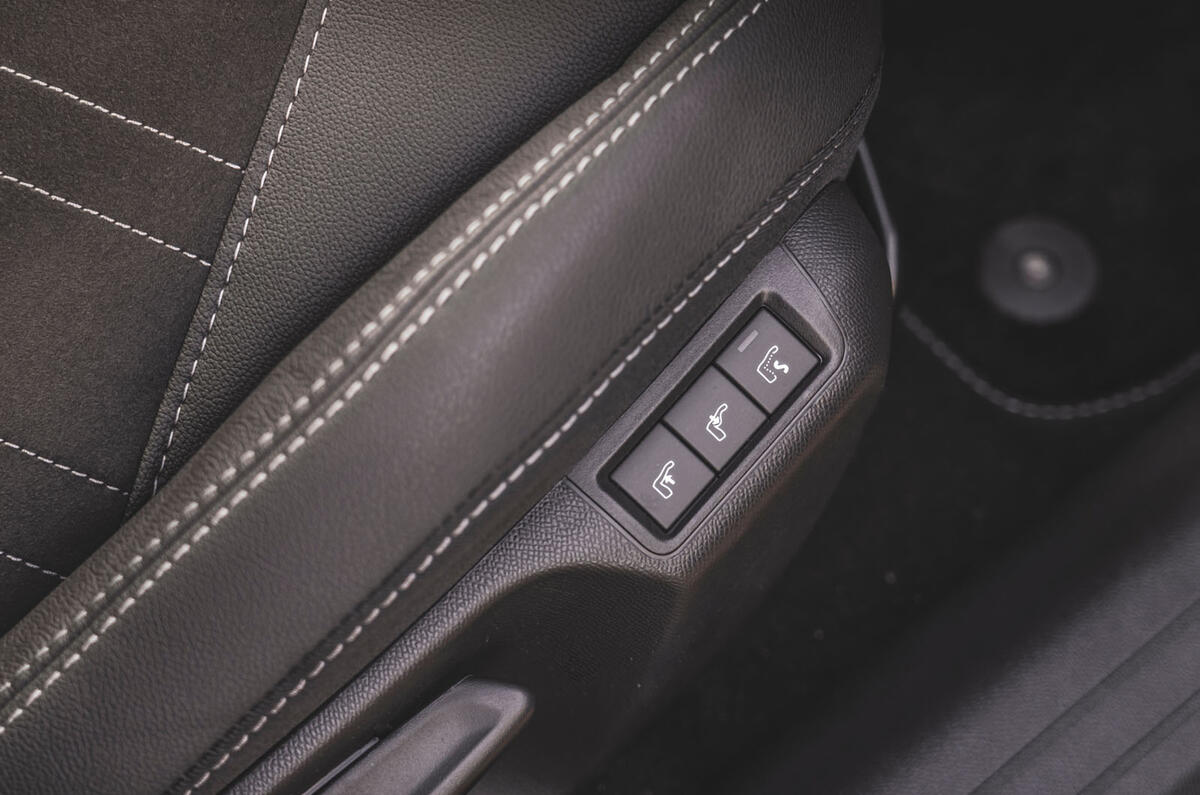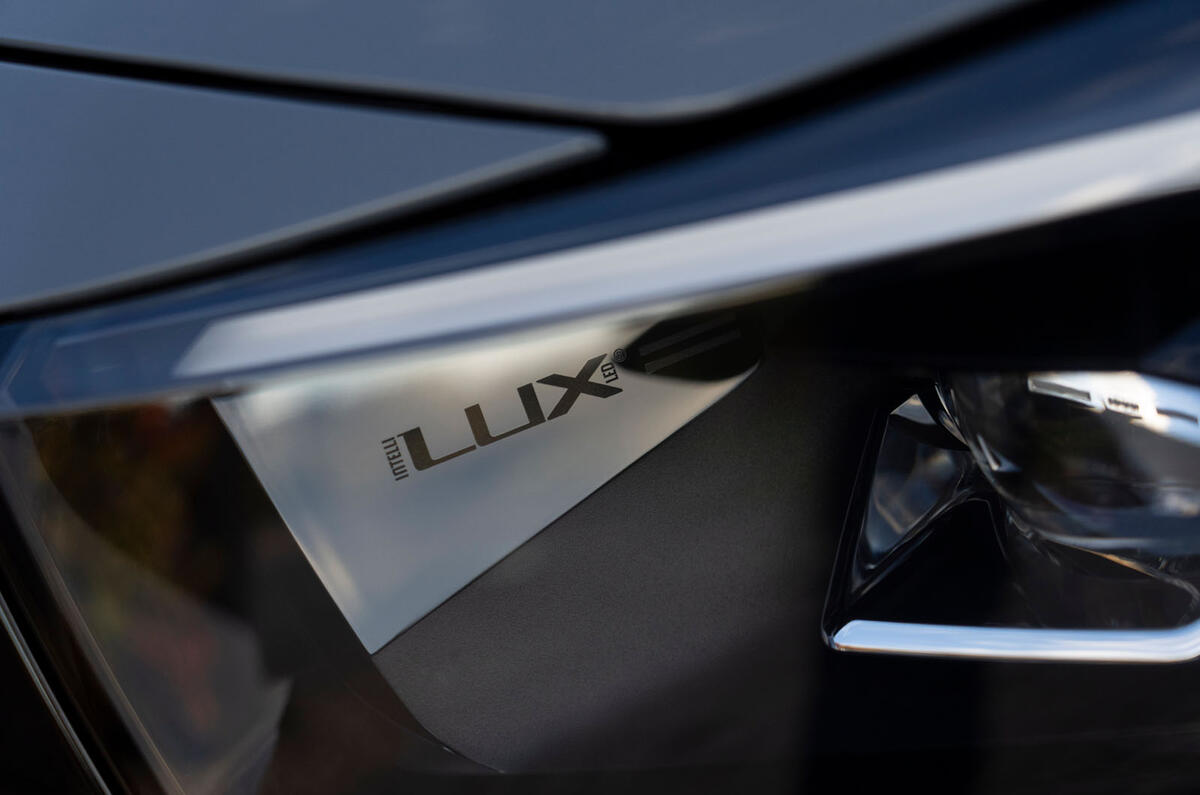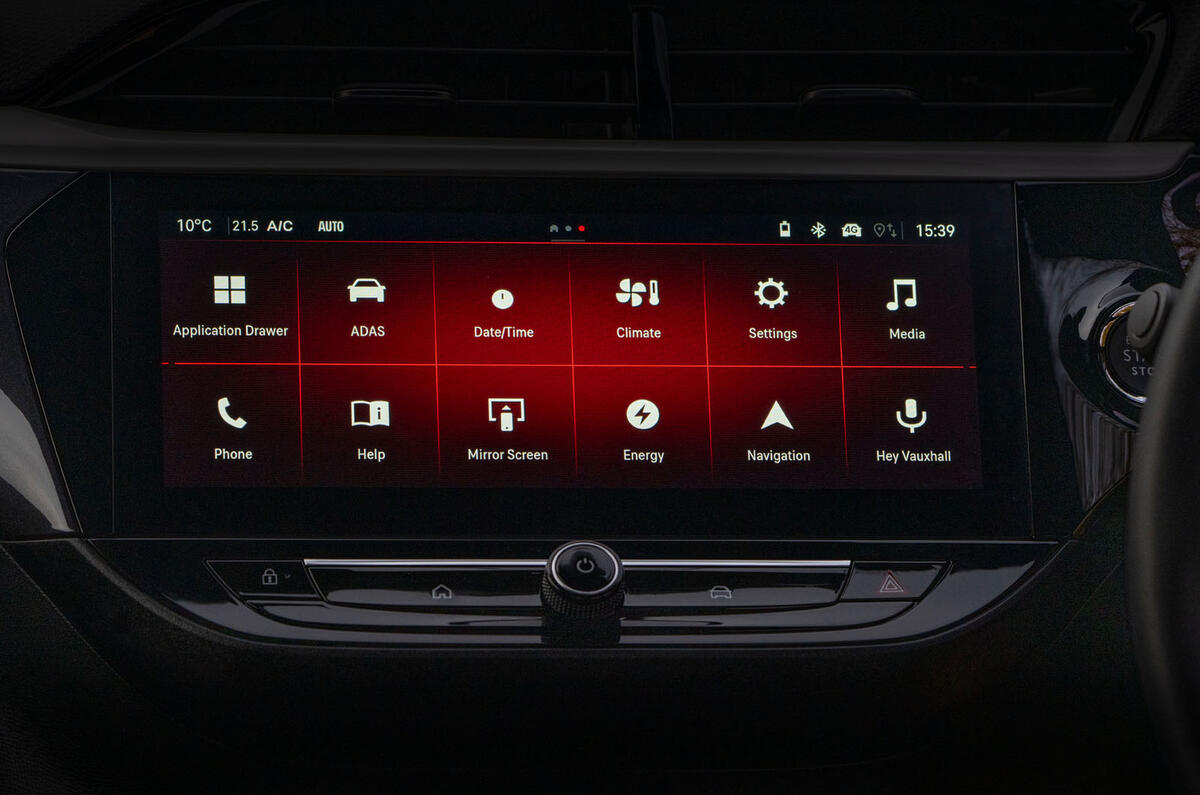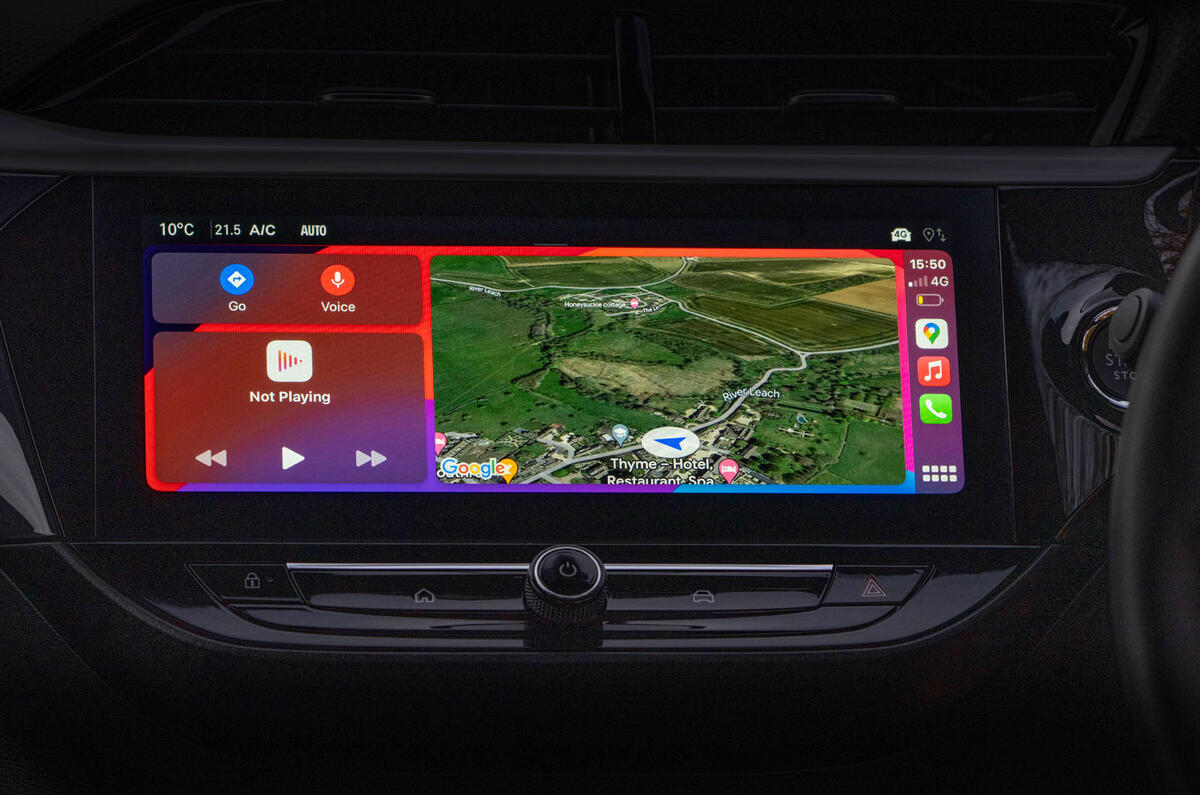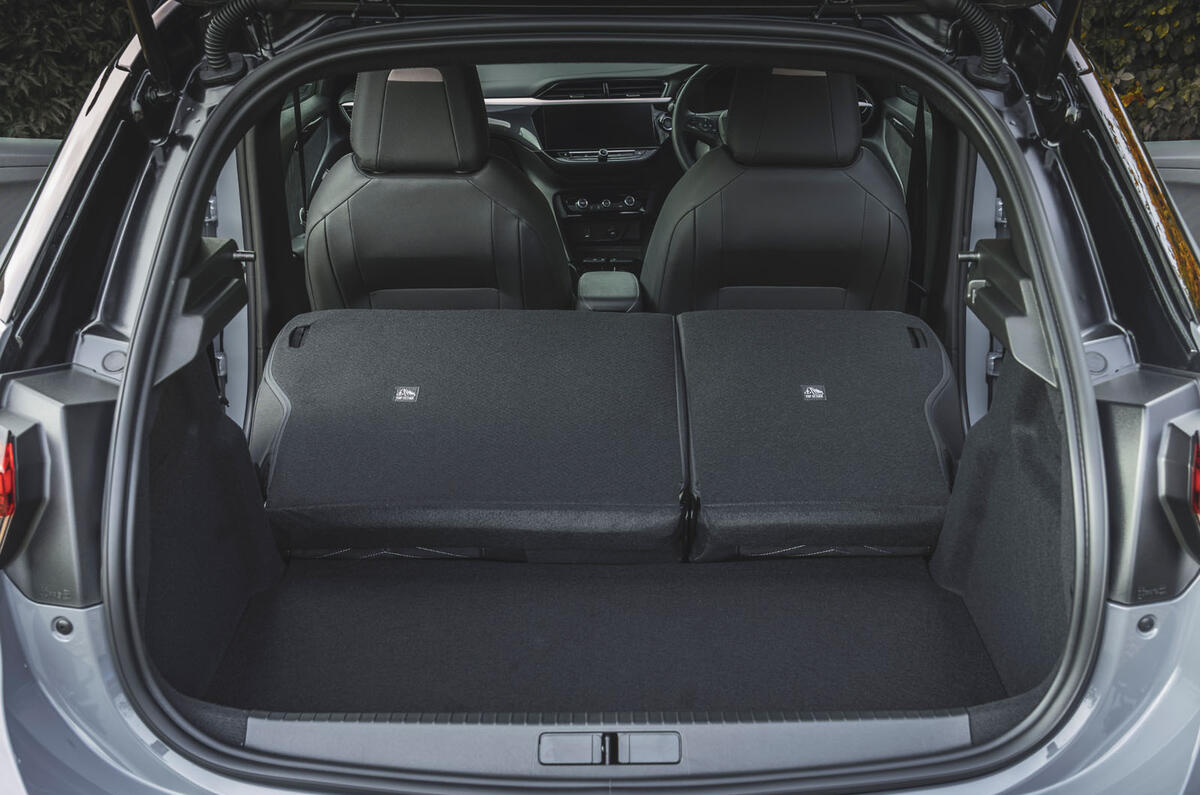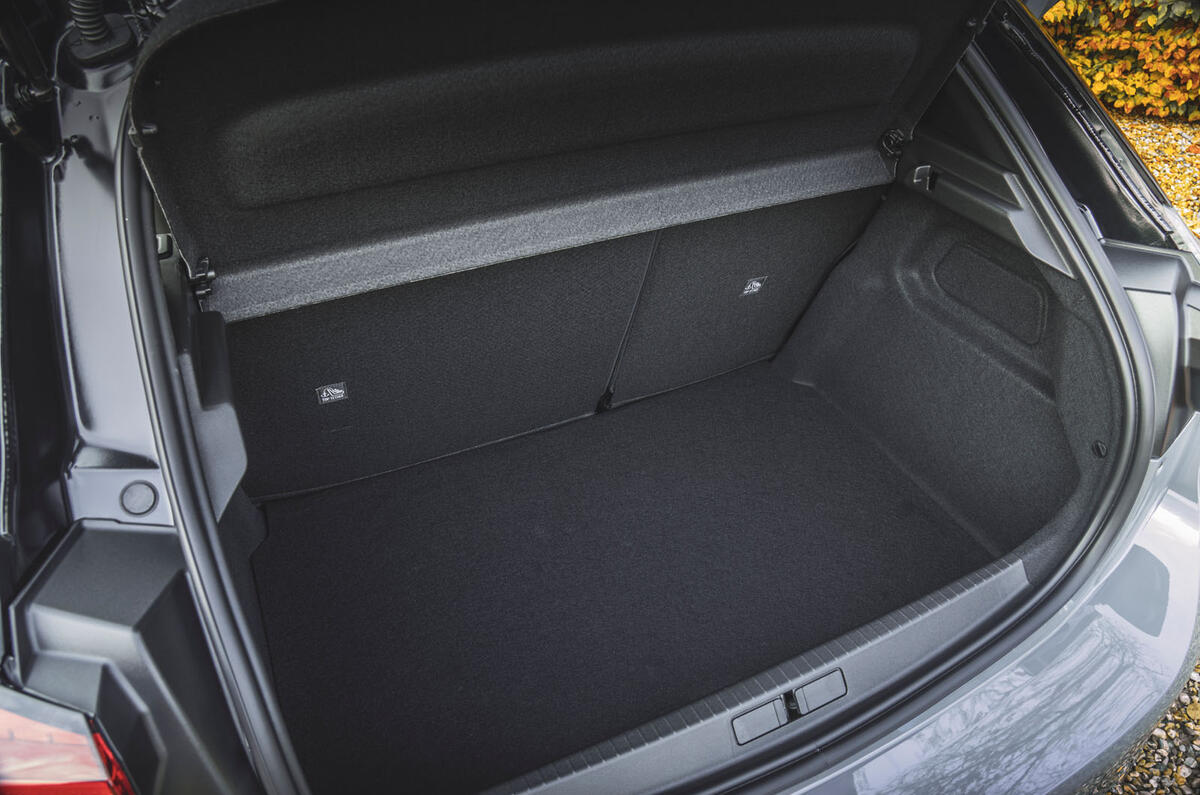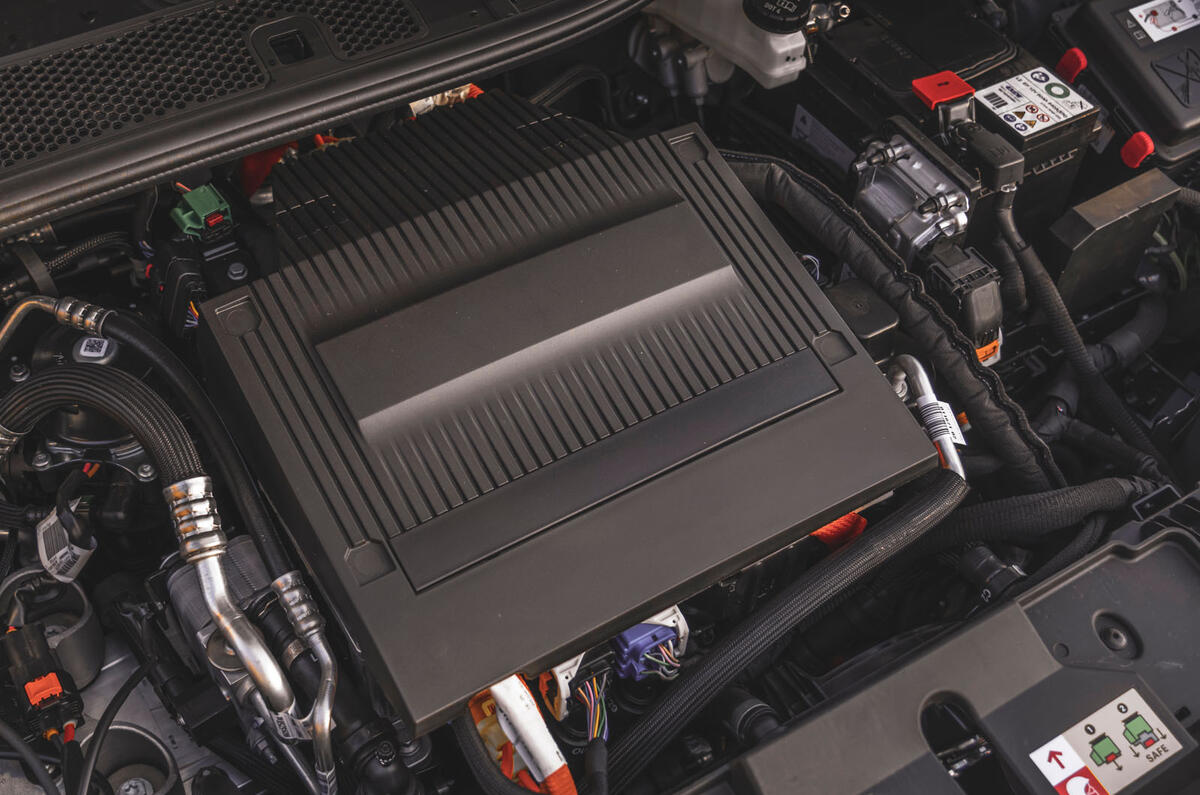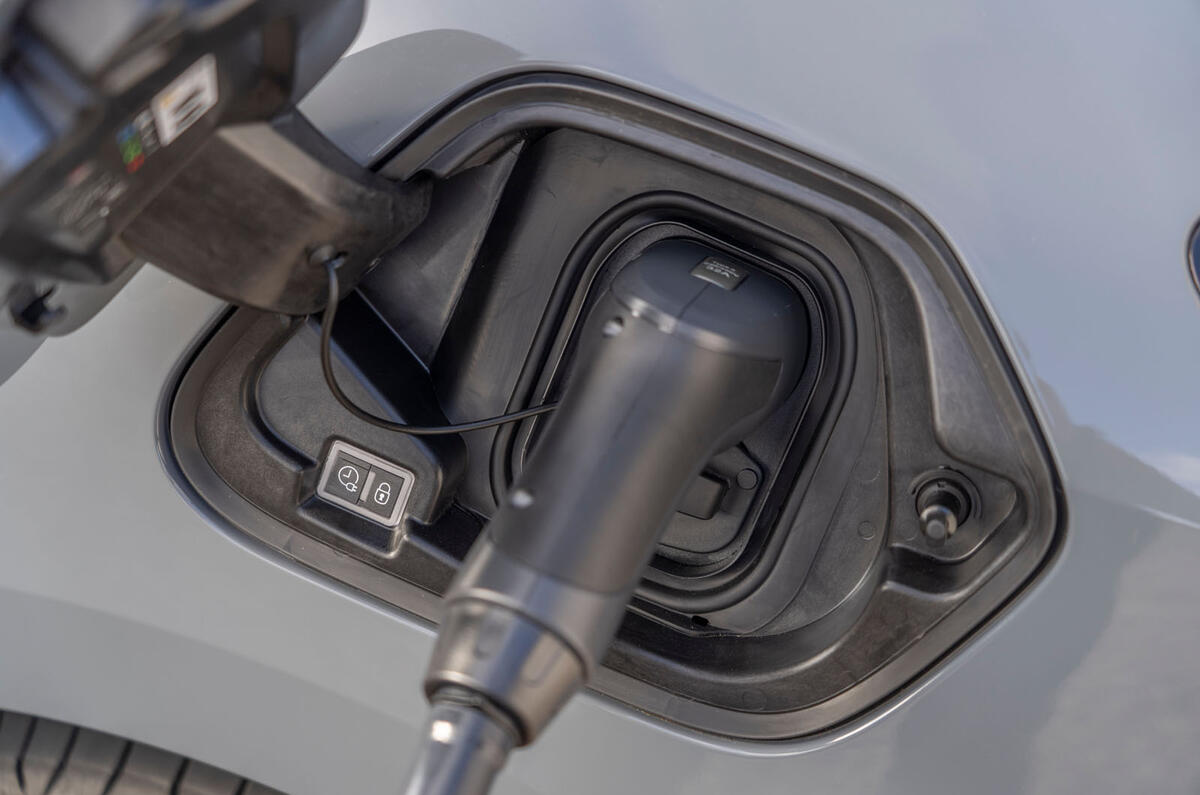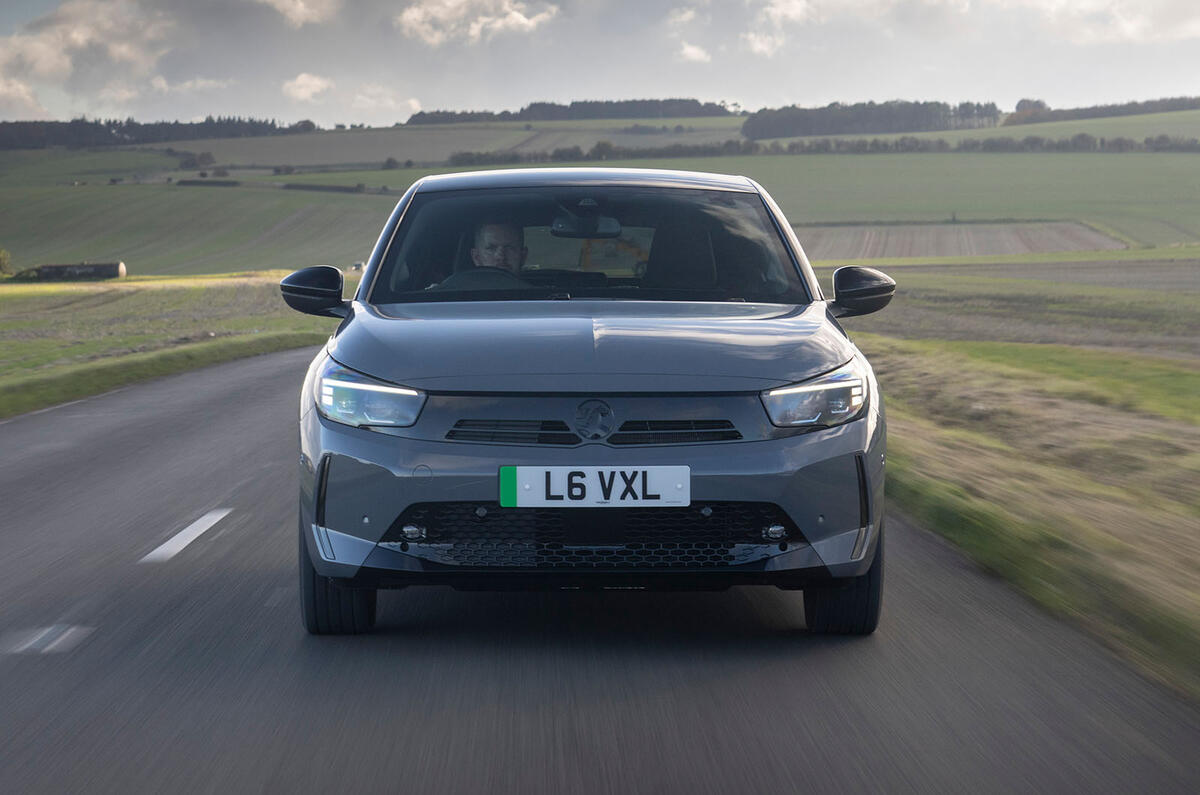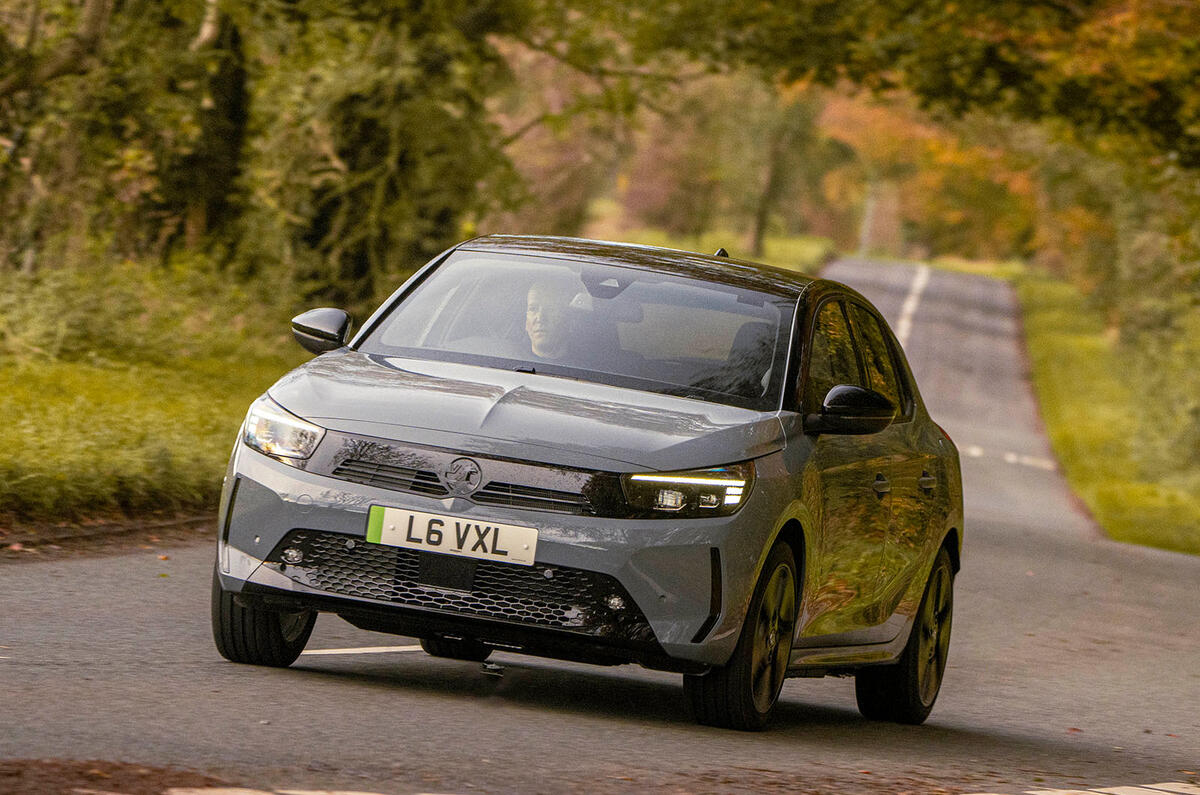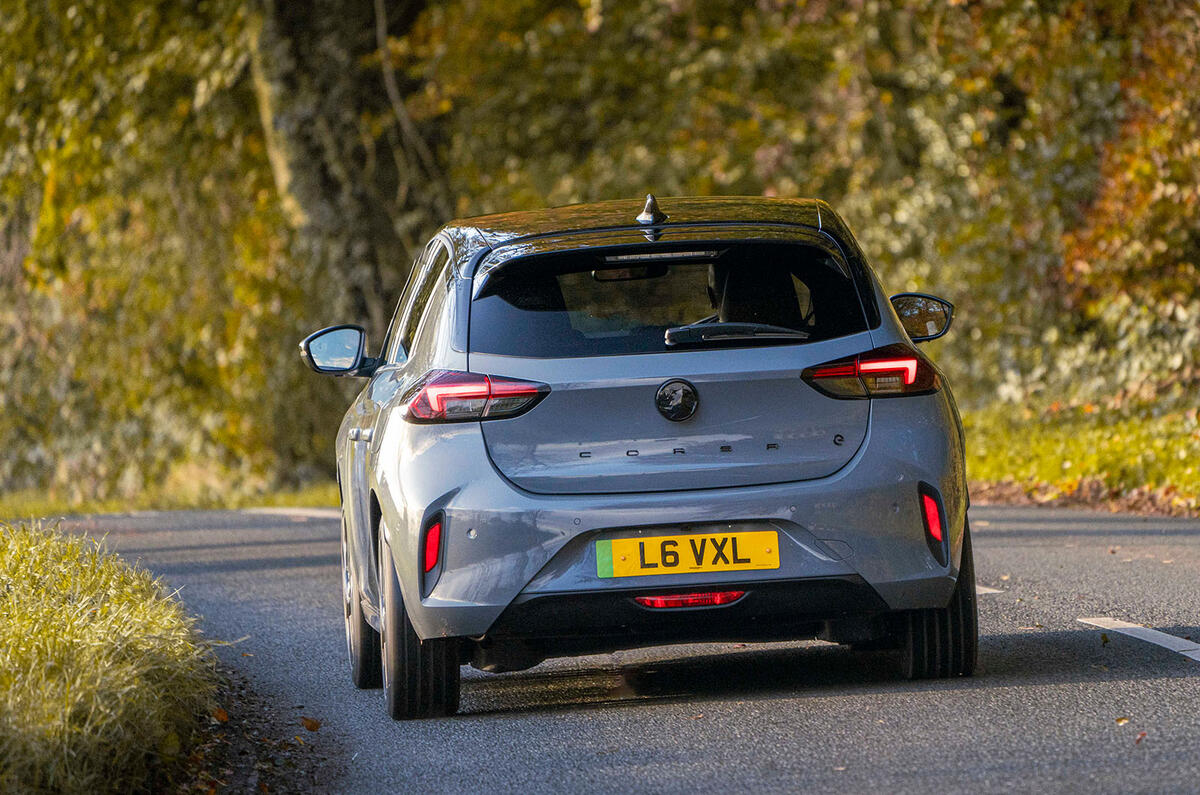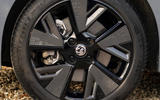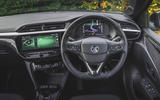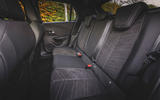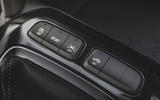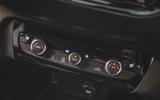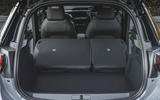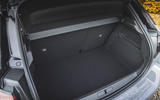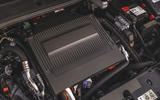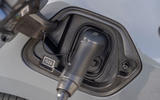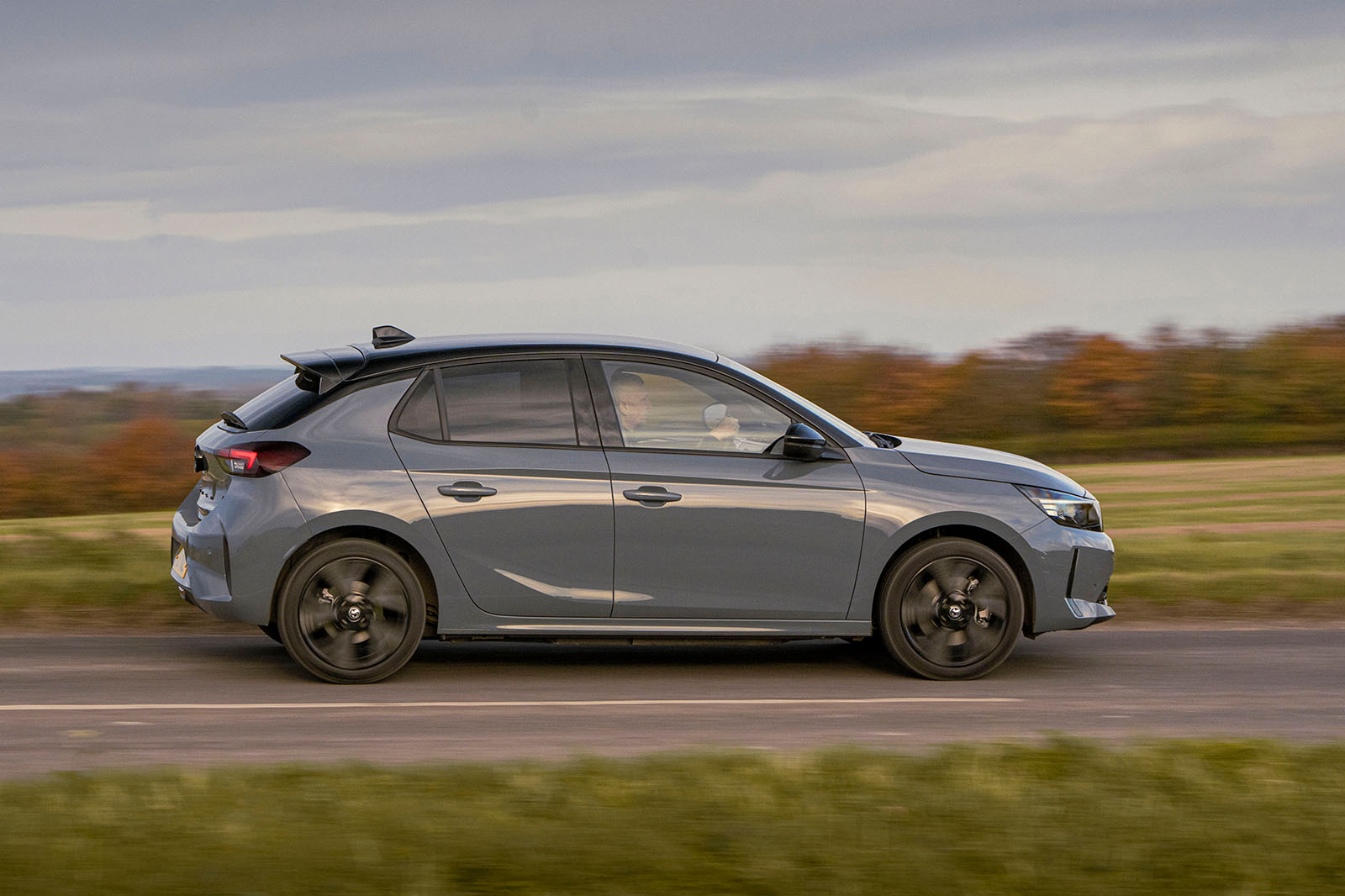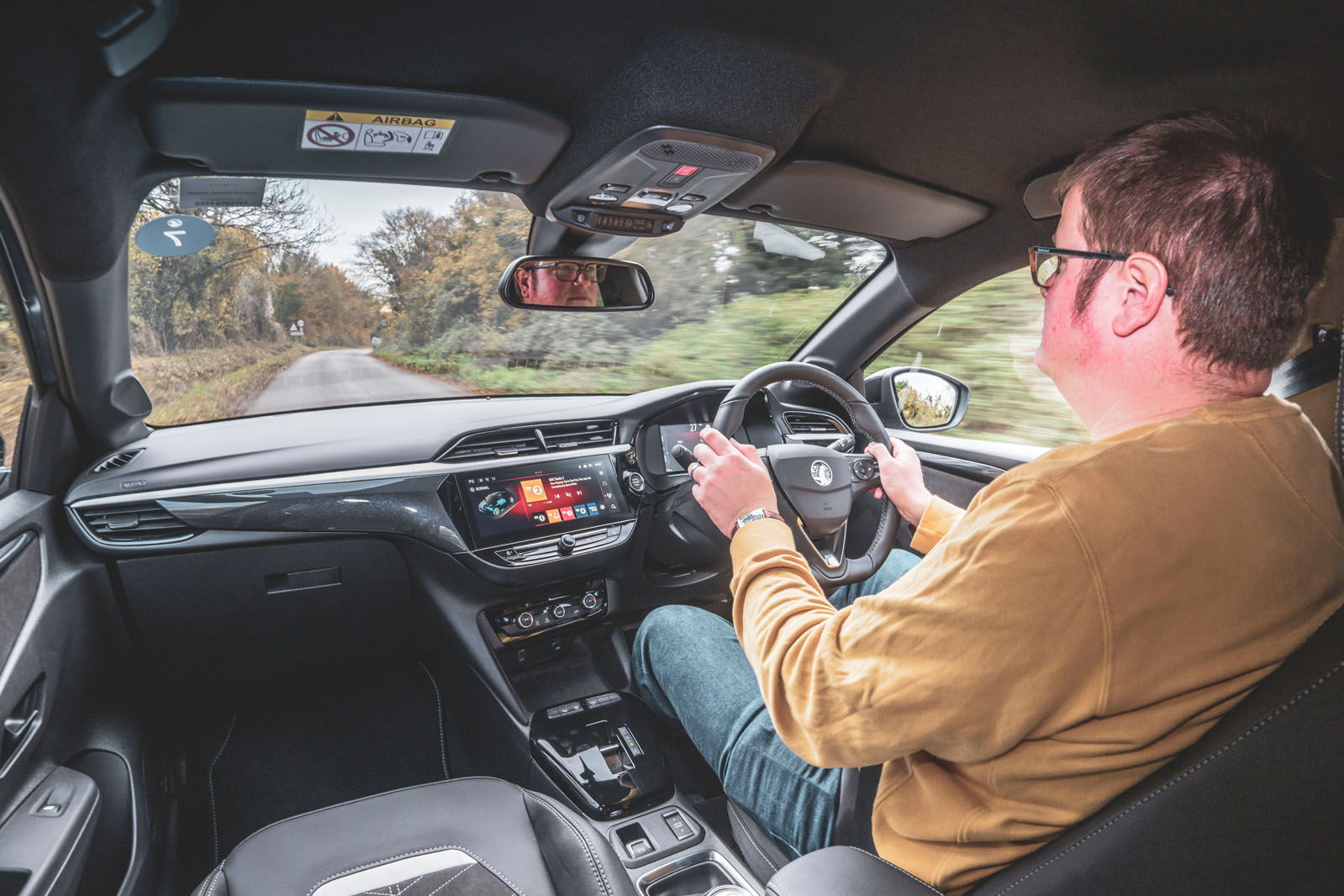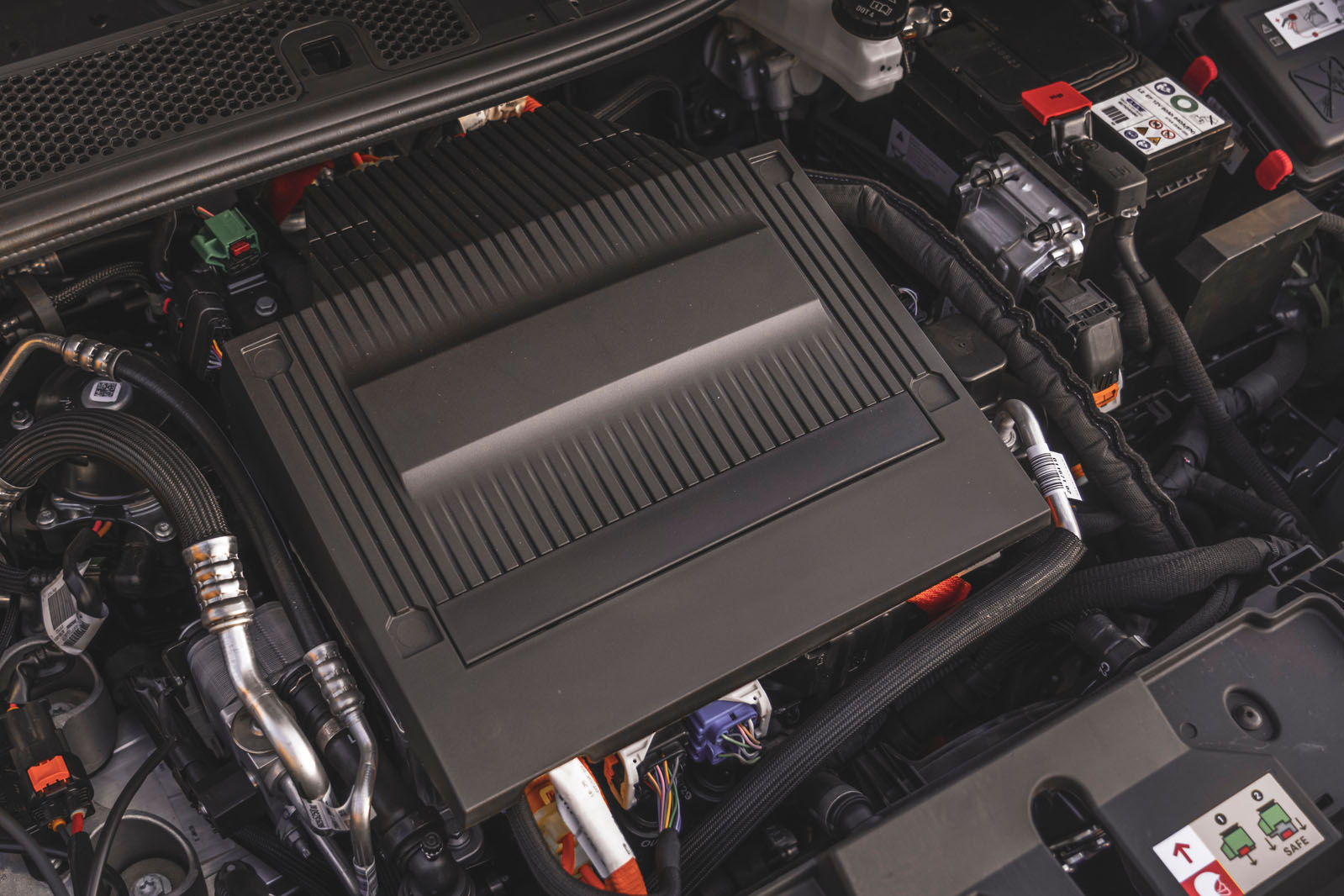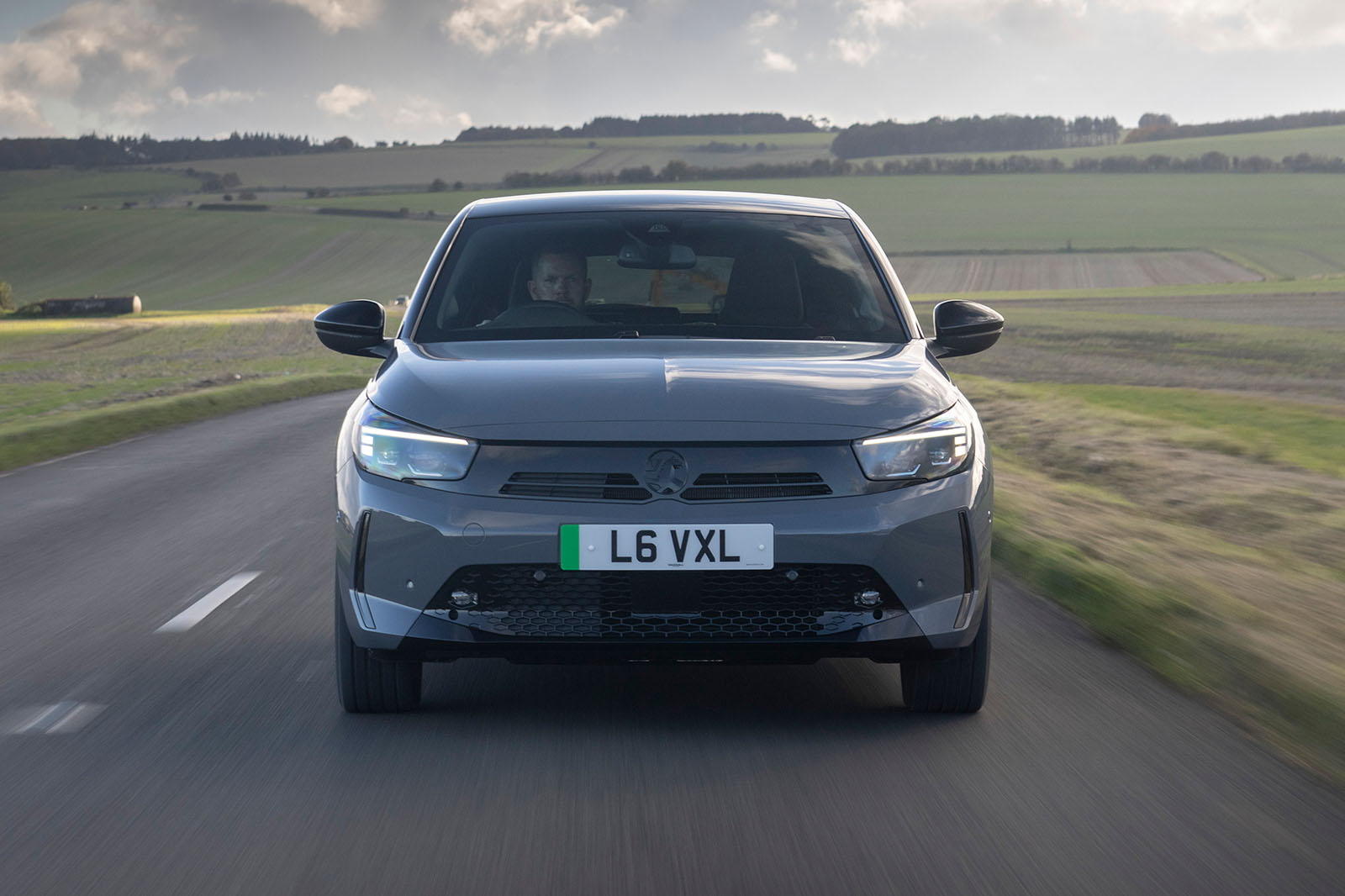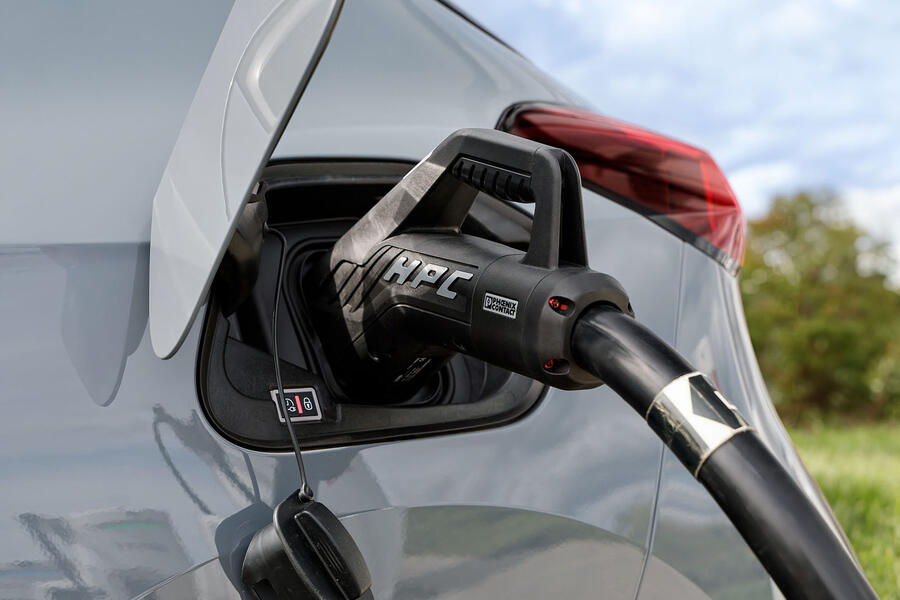Bar its new face, the biggest addition to the updated Corsa Electric line-up is a new longer-ranged powertrain, which uses a more densely packed and efficient 51kWh battery than the 50kWh pack. (Vauxhall stress that this 1kWh makes more of a difference than it seems on paper.) Available only with the GS and Ultimate trims, the new powertrain boosts range from 222 to 246 miles - which, in a car in the Corsa's class, is a real strength.
The bigger battery is paired with Stellantis’s new front-mounted, AC synchronous, electrically excited drive motor, which produces 154bhp – but, perhaps more importantly, it is also more capable of running efficiently at higher cruising speeds than the lesser Corsa Electric's 134bhp permanent magnet motor. The more powerful model is good for a 0-62mph sprint of 8.2sec, placing the car between an upper-level Honda E and a Mazda MX-30 for outright, getaway pace.
Compared with the lesser Corsa Electric’s 134bhp powertrain – which is still offered, but only with Design and GS trims – it feels basically the same at lower speeds, albeit with a tad more power under foot above 50mph, which is where the car needed the extra performance. Motorway authoritativeness aside, it's the extra range that customers are likely to be searching for.
What is apparent is that both powertrains are the sort you can get on with easily. The car doesn’t offer the more sophisticated control options of some EVs, which people on their third or fourth electric car might hope for, but it won’t unsettle or confuse either, and it drives well both in town and out of it.
While electric cars with greater power and torque can sometimes struggle to deploy it through economy tyres and only one driven axle, the Corsa Electric has strong but well-balanced performance and traction. Like most EVs, this one pulls away in responsive, smooth and keen fashion and keeps going in the same vein up to about 50mph, at which point the lesser-powered model's ebbing power makes it perform a little more meekly.
You’re offered Sport and Eco driving modes in addition to the car’s default Normal one, and Eco is alleged to boost real-world battery range by up to 40%. In reality, it only does that by softening throttle calibration and capping the car’s performance, as well as by dialling down the power consumption of the ancillary systems.
It does not alter the car’s tendency to either coast or regenerate energy on a trailing throttle (it tends to do the latter lightly at lower speeds and more at faster ones). With no wheel-mounted paddle controls, the only way you can increase regen is by using the ‘B’ button on the gear selector – now a toggle rather than a switch, like in the bigger Astra – although not quite by enough to allow a one-pedal driving style.
By bringing that battery regen in early as you lift off the accelerator, that ‘B’ mode improves the car’s drivability under deceleration. It simply gives the brake pedal less to do in otherwise blending up motor regen before incorporating the friction brakes. In ‘D’ mode, the brake pedal can frustrate by needing a split second to make the drive motor respond and begin to slow the car, causing the pedal to feel spongy and dead, and often making momentum harder than it need be to manage at low speeds.
As for real-world range, Vauxhall's claims are to be believed. A heat pump is fitted to both versions of the car as standard and, from the upper-level car, economy returns of between 3.8 and 4.4mpkWh can be expected, the latter giving the Corsa Electric real-world autonomy - off the motorway, and a little dependent on warmish weather - of better than 230 miles.
The Corsa Electric’s 50kWh, 134bhp powertrain, which we tested before in the UK, returned an average of 3.7mpkWh over the full course of our road test (that efficiency figure, as ever, including the influence of track testing). From a drive battery of 47kWh of usable capacity, that would make for just under 175 miles of range in mixed daily use and possibly 190 miles or more at an efficiency-optimised 40-50mph cruise.
Although it might not be enough for everyone, that’s a relatively strong showing on range for an EV priced at just over £30,000.



